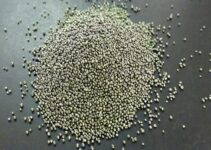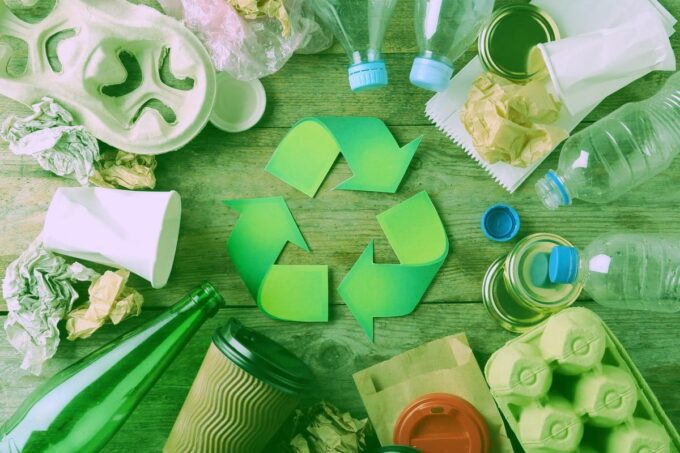
Source: greyhound.ie
Recycling is more than just a trend; it’s a necessity for a sustainable future. But let’s be real—who doesn’t want to be that eco-warrior neighbor who knows all the recycling hacks? If you’ve ever felt confused about what goes in which bin or wondered if you’re doing enough, this guide is for you.
We’ll cover everything from basic sorting to pro-level tips that’ll have your neighbors green with envy (pun intended).
Know Your Bins
Before you can recycle like a pro, you need to know the basics. Most households have at least three types of bins:
- Blue bin ─ For recyclable items like paper, cardboard, glass, and some plastics.
- Green bin ─ For organic waste, including food scraps and yard waste.
- Black bin ─ For general waste that can’t be recycled or composted.
What Goes Where?
- Paper and cardboard ─ Newspapers, magazines, and cereal boxes go in the blue bin. Make sure they’re clean and dry!
- Glass ─ Bottles and jars are recyclable, but keep ceramics and broken glass out.
- Plastics ─ Check the number inside the recycling symbol. Not all plastics are recyclable in all areas.
- Organic waste ─ Fruit peels, coffee grounds, and eggshells are perfect for the green bin.
For more insights on waste management and recycling, visit https://piefza.org/.
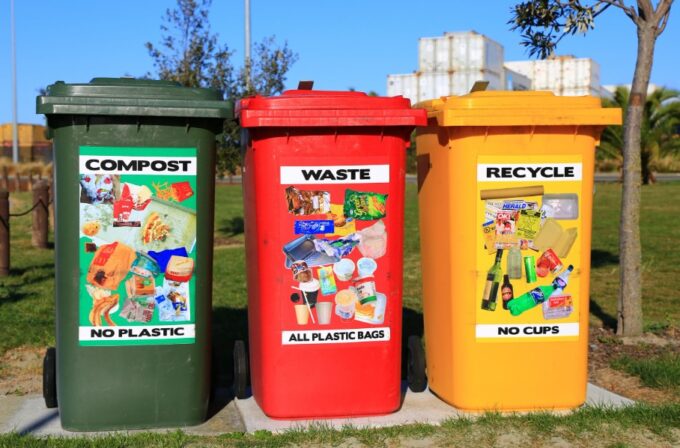
Source: blue.star-board.com
Pro Tips for Sorting Like a Champ
Plastics can be tricky. Look for the recycling symbol with a number inside. Here’s a quick breakdown:
- #1 PET ─ Common in water bottles. Recyclable.
- #2 HDPE ─ Milk jugs and detergent bottles. Recyclable.
- #3 PVC ─ Pipes and some food wraps. Usually not recyclable.
- #4 LDPE ─ Plastic bags. Often not recyclable at home but check local stores.
- #5 PP ─ Yogurt containers. Recyclable in some areas.
- #6 PS ─ Styrofoam. Rarely recyclable.
- #7 Other ─ A mix of plastics. Check local guidelines.
Rinse and Repeat
One dirty item can contaminate a whole batch of recyclables. Always rinse containers before tossing them in the bin. It’s a small step, but it makes a big difference.
Flatten Your Cardboard
Maximize space in your recycling bin by flattening cardboard boxes. It helps in collection and processing, and you’ll fit more in!
Composting
If you haven’t started composting yet, you’re missing out. Composting turns organic waste into nutrient-rich soil. You can use it in your garden or donate it to local community gardens. Not only does it reduce landfill waste, but it also improves soil health.
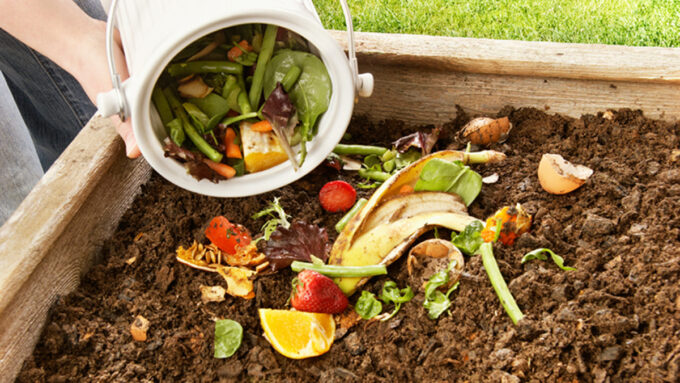
Source: ngorisefoundation.com
E-Waste
Electronic waste, or e-waste, includes items like old phones, batteries, and computers. These shouldn’t go in your regular bins. Many communities have special drop-off points for e-waste. Some stores also offer recycling programs. Don’t just throw these items away—they can be harmful to the environment.
Hazardous Materials
Items like paint, chemicals, and certain cleaners are hazardous and require special handling. Many areas have designated drop-off days for these items. Check your local regulations to ensure safe disposal.
Make It Fun – Get the Family Involved
Recycling can be a fun family activity. Create a game out of sorting items or challenge your kids to find creative ways to reuse things around the house. It’s a great way to teach them about responsibility and the environment.
DIY Projects ─ From Trash to Treasure
Old jars can become storage containers, and cereal boxes can be transformed into magazine holders. Get creative! DIY projects not only reduce waste but also save money.
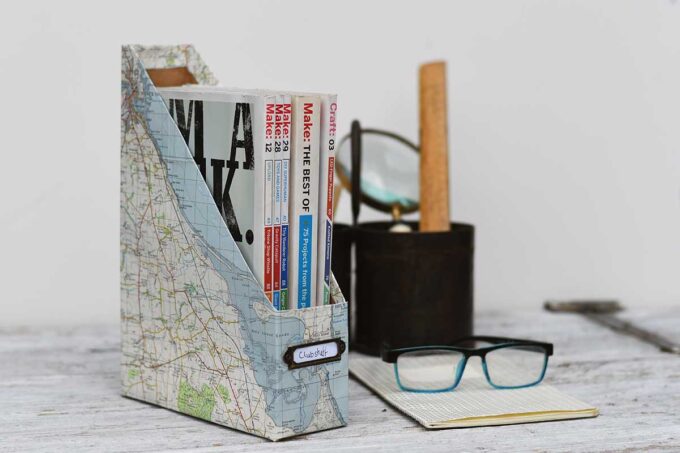
Source: pillarboxblue.com
Stay Updated ─ Recycling Rules Change
Recycling rules can change based on new technologies and sustainable market demands. Stay informed by checking your local waste management website or following them on social media. They often post updates and tips.
In Summary
By following these tips, you’ll not only reduce your environmental footprint but also inspire your neighbors to step up their recycling game.

